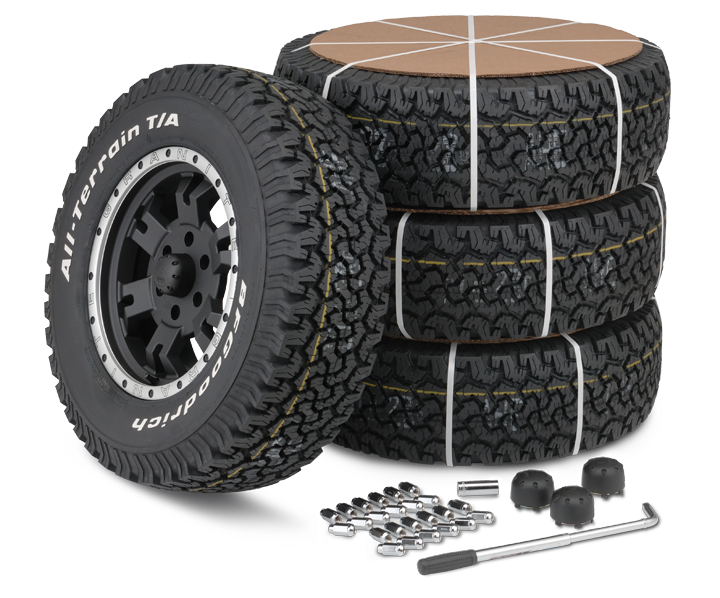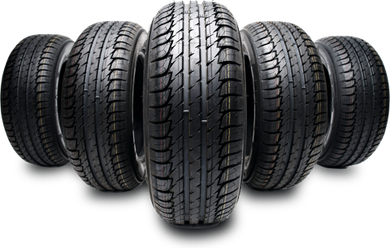Top Quality Tire Shop Morris: Your Best Destination for Tire Requirements
Top Quality Tire Shop Morris: Your Best Destination for Tire Requirements
Blog Article
Tire Solution: Understanding Tire Stress Surveillance Equipments
Understanding Tire Stress Surveillance Solutions (TPMS) is an important facet of maintaining optimum lorry performance and security on the roadway. With advancements in automobile modern technology, TPMS has come to be a standard function in modern-day lorries, providing real-time information on tire pressure degrees.

Significance of TPMS
The value of Tire Pressure Monitoring Solutions (TPMS) depends on their capacity to enhance car security and performance with real-time tracking of tire stress degrees. Preserving the proper tire stress is important for making certain optimum handling, braking, and overall safety of a vehicle. TPMS offers drivers with immediate feedback on any underinflated or overinflated tires, enabling timely adjustments to be made.
Elements of TPMS
Comprising numerous vital elements, a Tire Stress Monitoring System (TPMS) operates as an advanced safety attribute in modern-day cars. The main components of a TPMS include sensing units, a control module, and a warning indicator. Sensing units are commonly located in the tire shutoff stem or connected to the wheel setting up, where they determine tire pressure and send data to the control module. The control component processes this info and activates a caution if it finds significantly low pressure in any one of the tires. The warning sign, usually a symbol on the dashboard, notifies the chauffeur to examine the affected tire or tires. Some advanced TPMS designs likewise display the actual tire pressure readings for every tire, offering motorists with real-time info to make certain optimum tire efficiency and safety. By checking tire stress continually, TPMS aids prevent accidents, decreases tire wear, and enhances gas performance, making it a crucial component for automobile safety and security and efficiency.
Kinds of TPMS

On the various other hand, indirect TPMS relies upon the vehicle's wheel speed sensors to keep an eye on tire pressure. This system identifies underinflation by comparing the rotational speeds of the wheels. Indirect TPMS is much less expensive than direct TPMS, as it utilizes existing sensing units within the lorry.
While direct TPMS provides much more precise readings, indirect TPMS is less complex in style view website and normally calls for much less upkeep. Both systems have their benefits and restrictions, and the selection between them typically depends on factors such as price, lorry make, and personal preference. Recognizing the distinctions between these two sorts of TPMS can assist car owners make informed decisions relating to tire maintenance and security.
TPMS Upkeep Tips
Reliable maintenance of TPMS is necessary for making sure ideal performance and safety and security of your lorry. Routinely inspecting the TPMS sensing units for any type of damage or corrosion is crucial. Make certain that the sensing units are complimentary and tidy from debris that can hinder their performance. Furthermore, it is advisable to inspect the sensor batteries occasionally and change them as needed to guarantee accurate readings. Conduct routine examine the tire stress levels and compare them with the TPMS analyses to ensure they correspond. Alter the system following the producer's standards if there are any type of disparities. Additionally, throughout tire rotation or substitute, see to it that the TPMS components are managed carefully to stop any kind of prospective damage. If the TPMS alerting light brightens on the control panel, resolve the concern promptly by inspecting the tire pressures and the overall system for any faults. By adhering to these upkeep pointers, you can lengthen the life-span of your TPMS and improve the security of your driving experience.
Benefits of Proper Tire Pressure
Maintaining proper tire pressure, as highlighted in TPMS Upkeep Tips, is important for reaping the countless benefits associated with ideal tire pressure levels. One of the primary advantages of maintaining the proper tire pressure is boosted fuel performance. When tires are effectively inflated, there is much less rolling resistance, causing far better fuel economy. In addition, proper tire pressure makes certain even tire wear, expanding the lifespan of the tires and advertising safer driving problems. With the right tire stress, vehicles additionally have better handling and grip, click here for more particularly in adverse weather. This can boost total driving performance and safety for the vehicle driver and passengers. In addition, preserving optimum tire pressure can add to a smoother and extra comfortable adventure by reducing vibrations and noise brought on by underinflated tires. To conclude, the advantages of appropriate tire pressure exceed simply tire long life; they include improved gas effectiveness, enhanced security, far better car performance, and overall driving convenience.
Verdict
Finally, understanding tire pressure tracking systems (TPMS) is vital for maintaining optimal tire pressure and guaranteeing automobile safety. By recognizing the importance of TPMS, recognizing with its components, recognizing the different kinds offered, adhering read what he said to correct maintenance suggestions, and realizing the benefits of maintaining proper tire stress, drivers can boost their driving experience and lengthen the life expectancy of their tires. Appropriate tire pressure is crucial to reliable and safe car procedure.

Report this page